10 Effective Ways to Teach Young Children about Emotions
November 12, 2024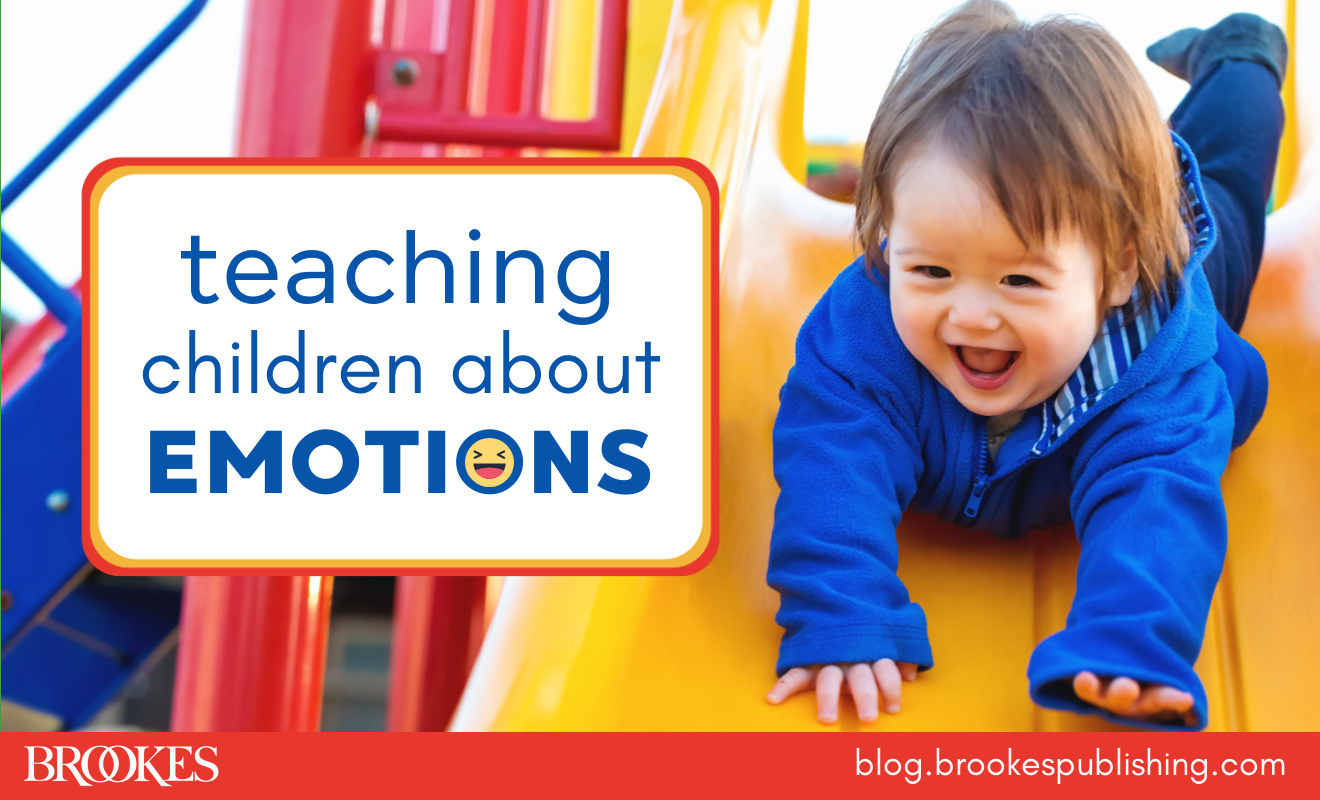
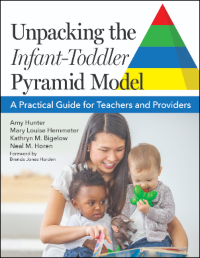 It’s never too early to set the stage for healthy emotional development! If you work with or care for infants and toddlers, you play a major part in preparing them to identify, express, and manage their emotions.
It’s never too early to set the stage for healthy emotional development! If you work with or care for infants and toddlers, you play a major part in preparing them to identify, express, and manage their emotions.
Excerpted and adapted from the highly anticipated book Unpacking the Infant–Toddler Pyramid Model, today’s post gives you 10 ideas for supporting infants and toddlers as they learn all about emotions—their own, and the feelings of people around them.
Decorate your classroom with feeling face posters and pictures (visual displays of feeling faces paired with written words in English and the children’s home languages). As older infants and toddlers point to the faces, say the words for the various emotions. You might also take photos of children in the classroom as they express different emotions, label the emotions, and post them around the room in various places (e.g., diaper area, book area, block area).

Have a feelings “check-in” on arrival. A consistent arrival routine can encourage older infants and toddlers to begin to identify how they are feeling when they arrive each day. Start with two or three feeling photos or words and add feelings as they become more familiar. For example, place a feelings chart by the sign-in area along with a mirror. As you greet children and families, encourage families to look in the mirror and help their child determine how they are feeling. The parent and child can put their picture by the feeling photo.
Label feelings throughout the day. Offer “feeling word” labels for how infants and toddlers might be feeling during the rest of the day’s activities, and label your own feelings, too. Help infants and toddlers recognize others’ emotions by pointing out peers’ feelings to them.
Learn and use names for feeling words in children’s home languages. At the beginning of the year, ask families how children express certain emotions at home with a “Getting to Know You” worksheet. You might also visit the homes of incoming children to meet families in their environment. If children are multilingual, ask families to provide words and the correct pronunciations for various feelings so they can be displayed in the classroom in the family’s native language and used in conversations.
Plan games, sing songs, and use finger plays that incorporate feeling words. Examples include playing games such as peek-a-boo while labeling the emotion that matches your facial expression (“Boo, I’m happy. Boo, I’m sad.”), rolling a feelings dice with pictures of children displaying different emotions, or taping emotion faces on the floor and encouraging children to jump on particular faces (e.g., excited, scared, or sad face).
Read books that use feeling words and draw infants’ and toddlers’ attention to how the storybook characters might be feeling. Find books that use characters who infants and toddlers can identify with (i.e., Sesame Street, Disney) and who express a range of emotions, as well as books that represent the cultures of the children in the classroom.
Offer support to infants and toddlers who are experiencing strong feelings (upset, angry) using co-regulation strategies. To best support infants and toddlers during difficult situations, stay close to the child who may be experiencing a problem. Model strategies for calming down (e.g., Tucker the Turtle; breathing techniques).
Use real-life classroom situations to help toddlers problem-solve. Let children know that when problems arise, it’s all right to have strong feelings about those problems and that we can solve problems when we approach them calmly and collaboratively. Introducing children to problem-solving strategies can help them learn to navigate difficult situations and realize that supportive adults are available who will help them when they encounter problems.
Send information and practical strategies home for families. Use communication strategies such as daily sheets or an app to share practical and meaningful information about the emotional literacy strategies that are being used in your classroom.
Individualize your approach. While developmental milestones exist related to acquisition of social-emotional skills, remember that all children develop at their own pace, with teachers and family members playing a critical role in this development. Promote young children’s emotional literacy by considering each child’s temperament and development and seeking family input. When a child’s emotional development is delayed, gather information from family members and determine if additional observations and/or assessments are needed.
Suggestions for Multilingual Learners
If you’re working with young multilingual learners (MLLs), there are other considerations to keep in mind as you implement these strategies. Karen Nemeth, author of the book Young Dual Language Learners, has provided some important guidance for inclusive early childhood educators and care providers:
- For the strategies in this post, their effectiveness really depends on one key strategy: checking for understanding. For multilingual learners, especially infants and toddlers, activities and translations can miss the mark. For example, it is a good idea to post feelings images with the words in English and other languages. Teachers tell me, however, that they’ve tried to use the child’s home language words and realized young children often don’t know these words even in their home language. Simply translating is not enough to ensure children will make the connection between the word and the feeling. Plan to post only words that the adults in the room can and will use often in play, stories, and activities with the children so they can check for understanding.
- Consider building in a feeling check using home language words and images at calmer points throughout the day. When infants and toddlers don’t understand the language spoken by the adults, and they are just beginning to learn words for feelings, the busy, confusing morning arrival might not be the best time to do a quick “feeling check.”
- Keep in mind that very young MLLs need more than just a few vocabulary words to make sense of their own feelings and to understand what adults are asking and explaining about feelings. Before using activities like songs or picture choices, start by including interactions and explanations in their day to get to know how well they understand the meanings of the questions and explanations you offer. It is just as important to help children learn ways to recognize and communicate about feelings as it is to know the feeling word list.
- Provide explicit information and modeling for families so they can effectively support communication and learning about feelings in their home language. This is an effective way to build children’s understanding in their home language, making it easier to attach new English words as they go along.
- Many teachers have found that multilingual children benefit when they hear a story first in their home language and have a chance to talk about it. Not only are they exposed to the content, but interacting about the book helps the teacher notice and improve their comprehension. Then, MLLs seem to have an easier time attending to and understanding the same book when it is presented later in English.
- Plan in advance for ways to use nonverbal communication, videos, pictures, stories, modeling, and home language supports as you help infants and toddlers develop problem solving skills. And always check for understanding!
When teachers acknowledge and pay attention to infants’ and toddlers’ feelings, children learn that their feelings are important, and they recognize and value their own feelings. For much more on giving the youngest children a strong foundation of social-emotional competence, check out the book behind today’s blog post!
This blog post was adapted from Unpacking the Infant–Toddler Pyramid Model, from the chapter “Teaching Social Skills and Promoting Emotional Competencies” by Sarah Behrens, Abby L. Taylor, Tweety Yates, Marina Velez, and Michaelene M. Ostrosky.

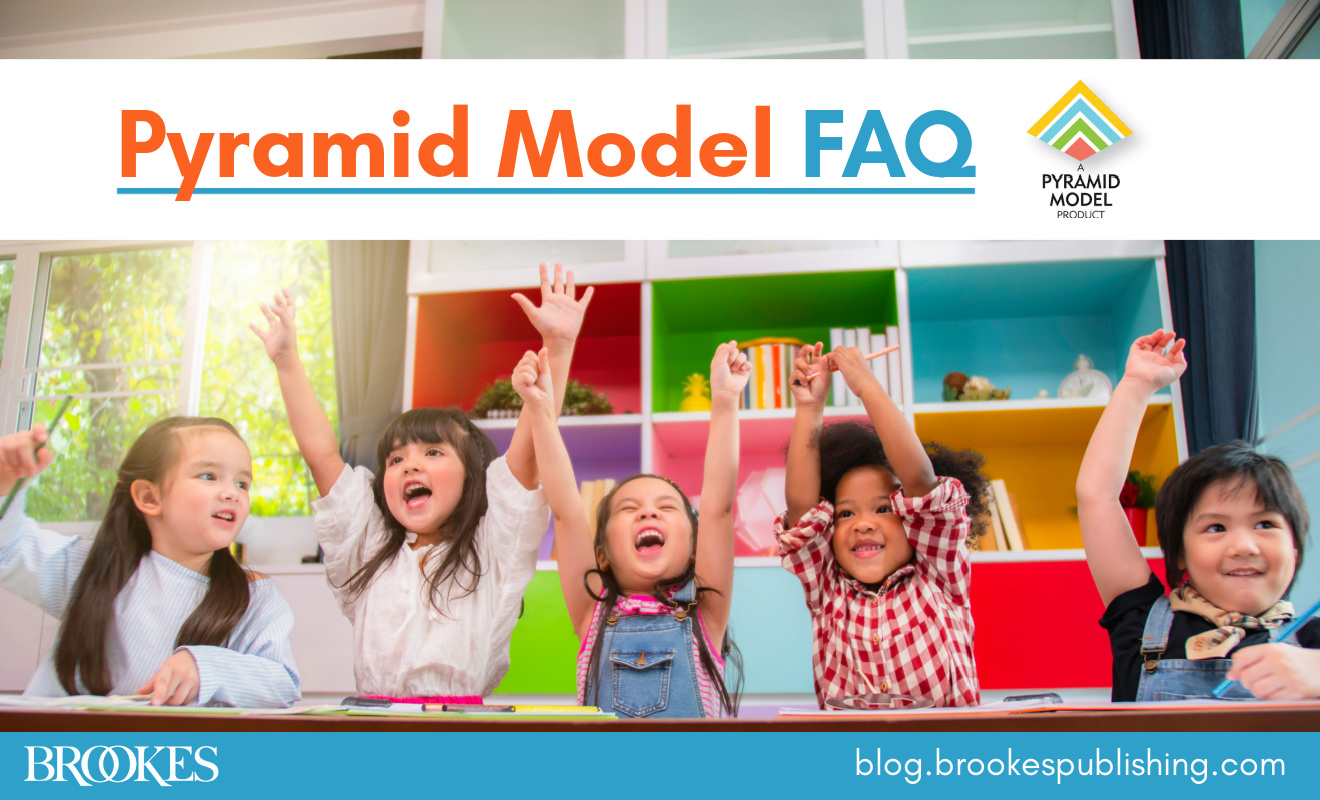
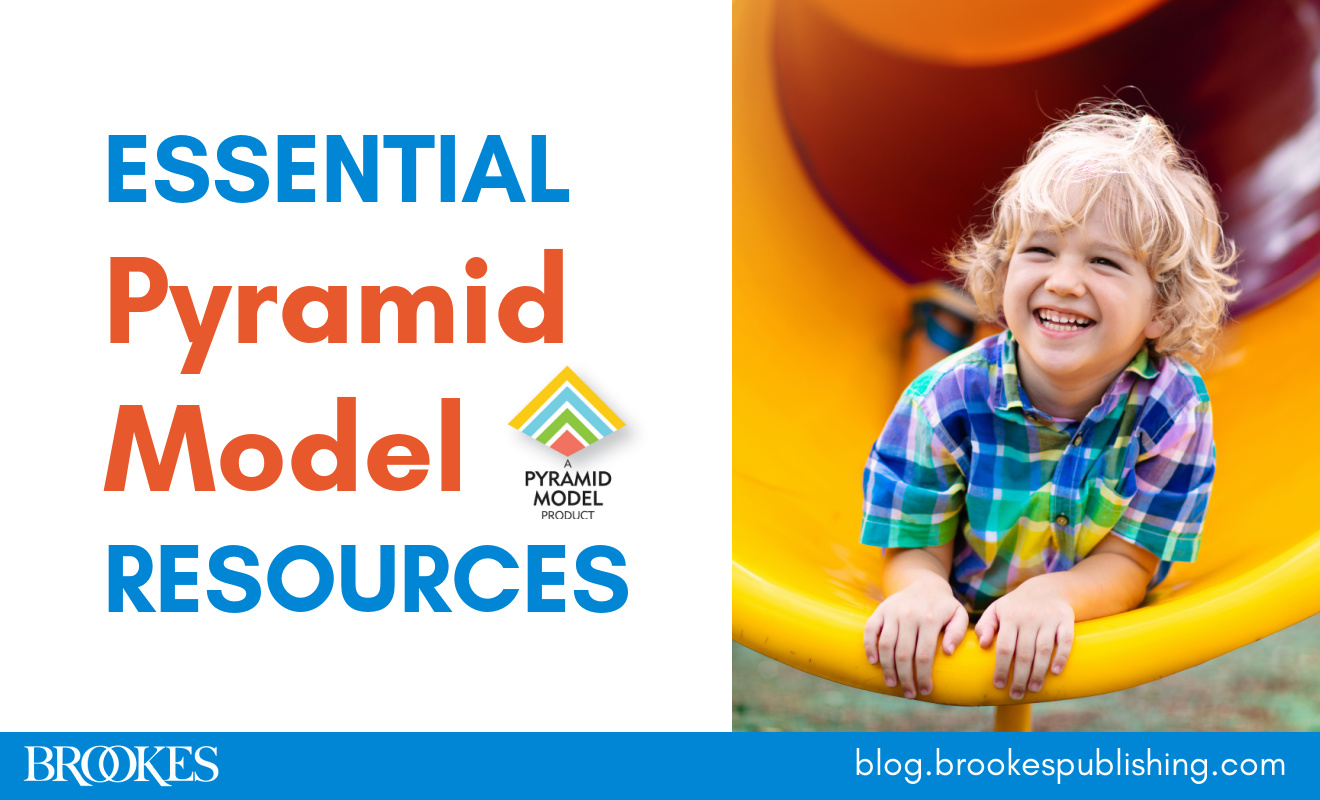
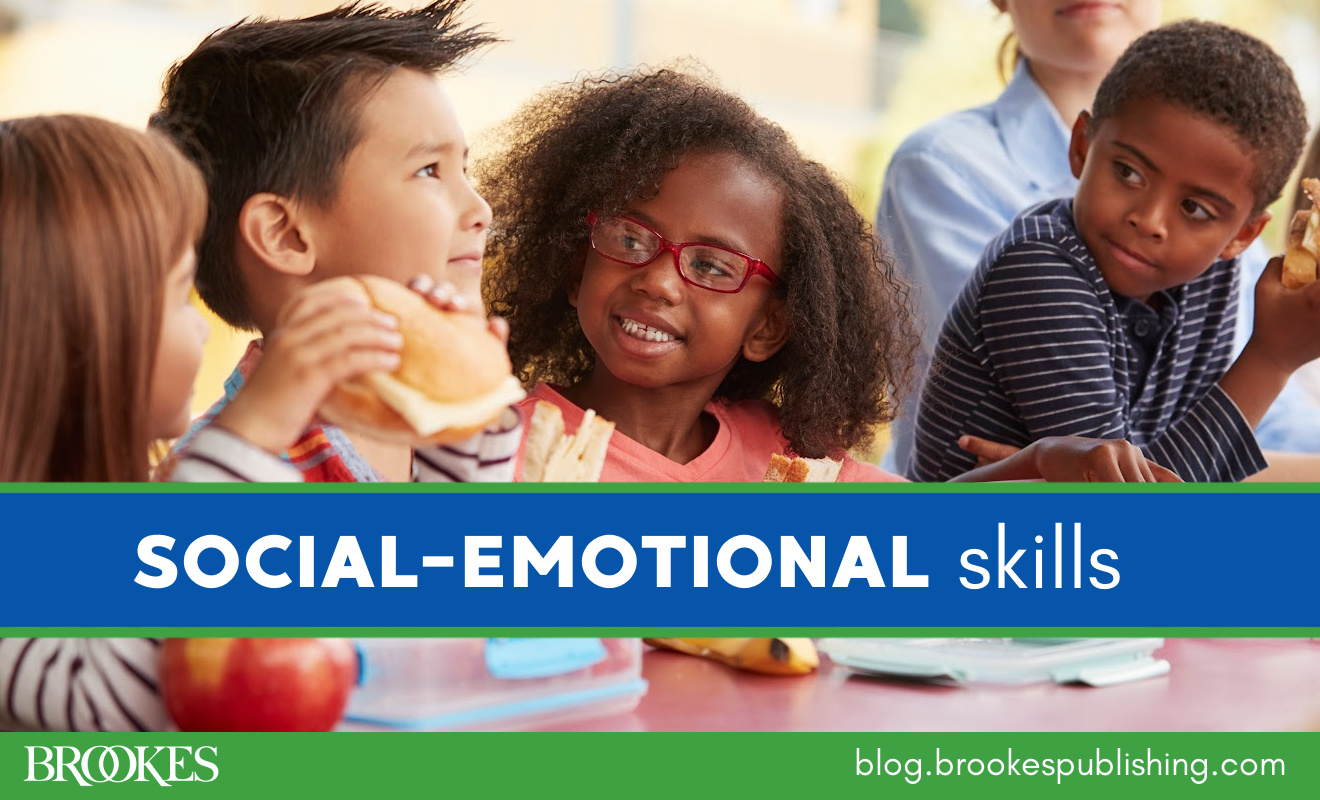
Write a Comment
Your email address will not be published. Required fields are marked *
Post a Comment